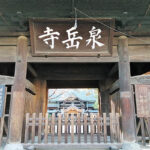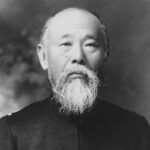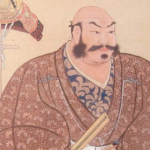Although rakugo performed in English is currently gaining popularity all over the world, the number of occasions when rakugo is made available to foreign audiences still remains rather limited. The good news is, rakugo storytellers like Katsura Fukuryu are working hard to change that.
On June 18, 2022, after being away for four years, Fukuryu-san returned to his hometown of Winnipeg and performed English rakugo to a sold out audience. The performance, hosted by the Japanese Cultural Association of Manitoba, was the first of its kind in the city of Winnipeg. In fact, this was the first time Winnipeggers were introduced to Japan’s 400-year-old art of storytelling.
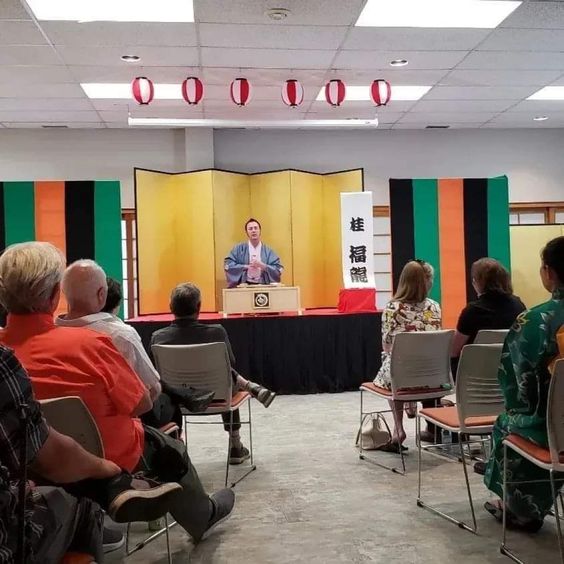
Katsura Fukuryu is the 11th disciple of the 81-year-old rakugo master Katsura Fukudanji. Fukudanji-san accepted his 12th and last disciple, Katsura Fukutome, in January 2020. Fukuryu-san has been living and working in Japan since 2001. In 2011, a friend introduced him to the rakugo of Katsura Shijaku, the pioneer of English rakugo, and Fukuryu-san has been involved with rakugo ever since. He is a natural performer, having attended magic school in Canada since the age of six. He has performed at events,
conferences, trade shows and even did a bit of busking back in the day.
After his introduction to rakugo, Fukuryu-san joined an amateur English rakugo club and began performing rakugo. He became the disciple of Katsura Fukudanji in October 2016. The master rakugoka accepted him as a student after not having accepted any apprenticesfor period of over ten years. After three long, grueling years of training, Katsura Fukuryubecame a full-fledged Kamigata rakugo performer.
There are two styles of rakugo in Japan these days, the Edo (Tokyo) style and the Kamigata (Osaka) style. During his makura (prologue), Fukuryu-san explained the notable differences between the two styles to his audience in detail. After laying down the foundation for rakugo, he engaged them further by performing a unique birthday rendition of the popular koten (classic) rakugo story “Jugemu,” a story about a boy with an unusually long name. This introductory kobanashi (short story) which Fukuryu-san referred to as a “long short story” delighted the audience and drewplenty of laughs.
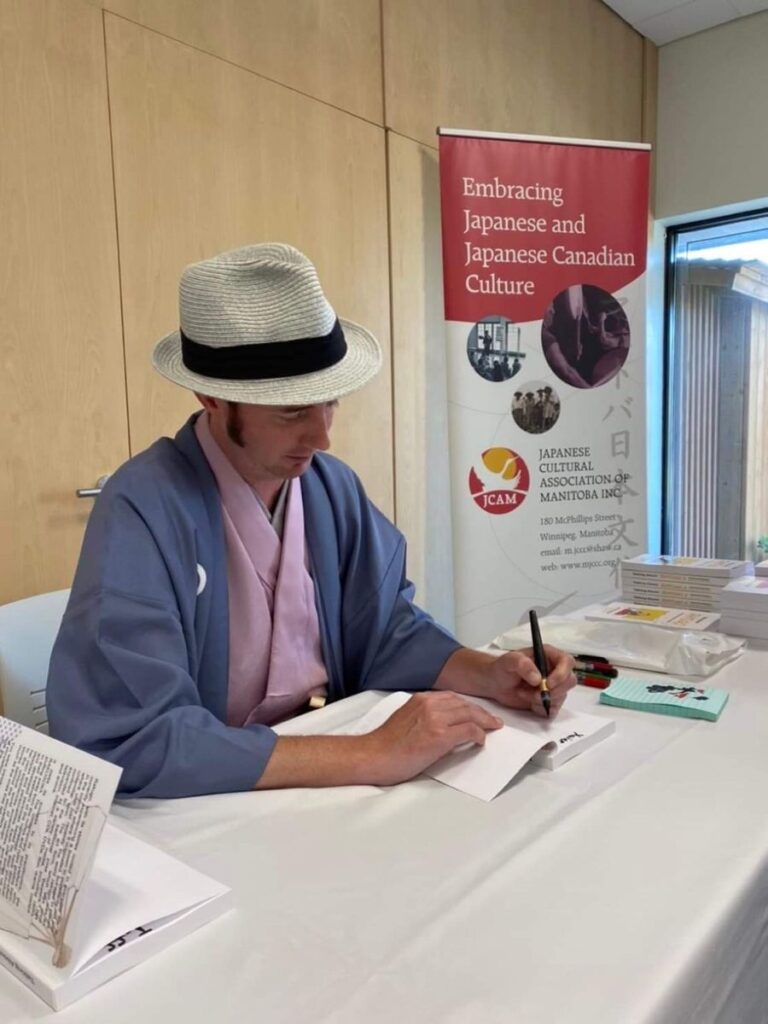
Rakugo 2 at his performance in Winnipeg.
In the first half of the show, Fukuryu-san performed a popular classic known as “Hatsu Tenjin,” or “New Years Visit to the Tenjin Shrine.” With his own boyish playfulness, this gifted, well-studied, and highly intuitive rakugo storyteller related the story where the child comically has the upper hand on the parent.
The second half featured another beloved classic called “Chiritotechin,” or “Rotten Tofu,” about a neighbor’s plot to teach a lesson to his know-it-all neighbor. The story had its origin in Kamigata rakugo and was later adapted to Edo rakugo. There were a number of Kamigata stories that were adapted to Edo rakugo over the years.
You will find the extensive interview I conducted with Katsura Fukuryu in my book, Talking About Rakugo 2: The Stories Behind the Storytellers. The story about his master, Katsura Fukudanji, appears in Talking About Rakugo 1: The Japanese Art of Storytelling. Both books are available on Amazon and on other major online bookseller’s websites. Pick up your copy today and learn what drew this Canadian-born rakugoka to Japan and to the art of rakugo.
『Kristine’s Eye on Japan: Introduction to Japanese Culture』
Writer: Kristine Ohkubo
.
(8/5/2022)


